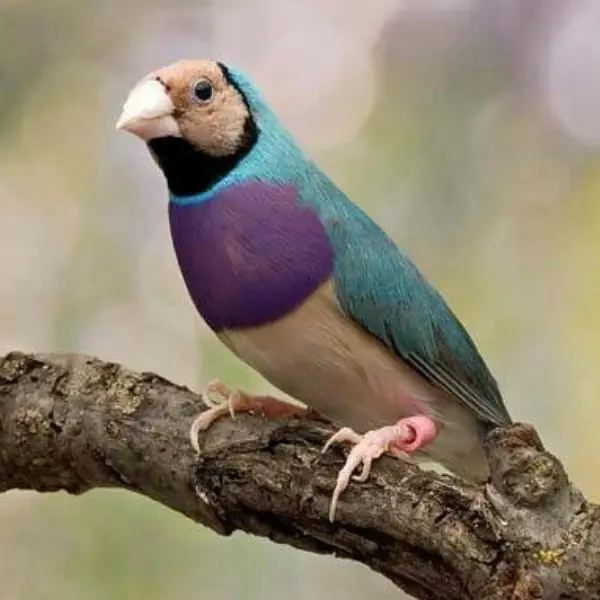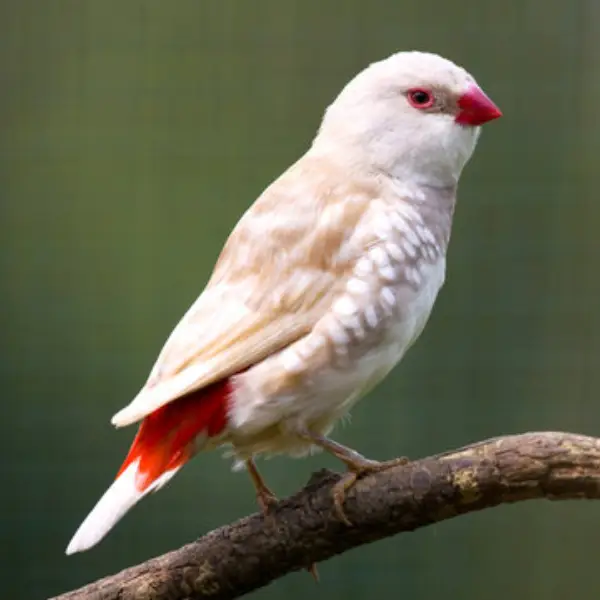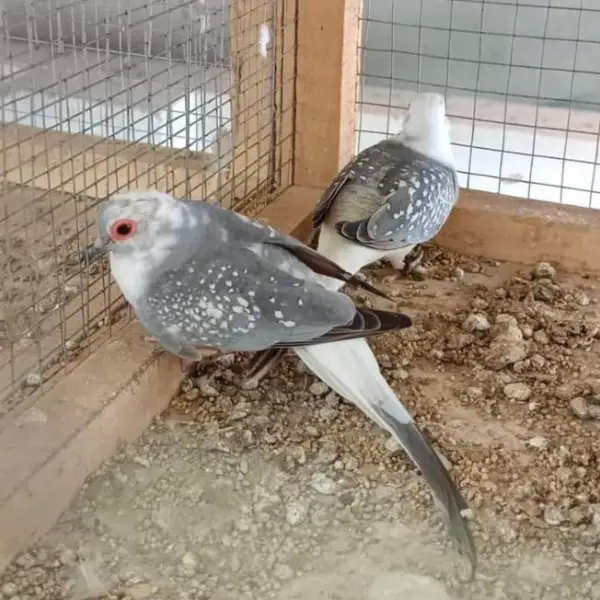Subtotal: ₨ 35,600
Free shipping order over 20,000
Blue and Gold Macaw
₨ 1,250,000 Original price was: ₨ 1,250,000.₨ 1,000,000Current price is: ₨ 1,000,000.
- Physical Description
- Scientific Name: Ara ararauna
- Size: Approximately 76-86 cm (30-34 inches) in length, including the tail. They have a wingspan of around 102-112 cm (40-44 inches).
- Weight: Typically between 900-1,500 grams (2-3.3 pounds).
- Color:
- Body: The body is predominantly covered in vibrant blue feathers on the back, wings, and tail.
- Chest and Underparts: The chest, belly, and underparts are a bright, rich golden yellow, which contrasts beautifully with the blue plumage.
- Head: The forehead is a light greenish-blue, and the face is mostly white with a bare patch of skin around the eyes. This patch features fine black feather lines that create a unique, fingerprint-like pattern.
- Beak: Large, curved, and black, the beak is powerful and adapted for cracking nuts and seeds.
- Eyes: Pale yellow to light green, surrounded by the bare white skin patch.
- Legs and Feet: Grey and strong, well-suited for grasping branches and climbing.
SKU: REF. LA-5766-10-1-1-1-1-1-1-1-1-1-1-1-1-1-1-1-1
Categories: PARROTS, Uncategorized
Tag: parrots
Share
Share on facebook
Share on email
Important Keys:
Habitat
- Distribution: Native to Central and South America, particularly in countries like Venezuela, Brazil, Bolivia, Colombia, and Panama.
- Environment: They are typically found in tropical and subtropical rainforests, especially near rivers and swamps. They can also inhabit savannas and woodlands.
- Social Structure: Blue and Gold Macaws are highly social birds, often seen in pairs or small flocks. They form strong pair bonds and are known for their loyalty to their mates.
Diet
- Primary Food: In the wild, they feed on a variety of seeds, nuts, fruits, and vegetation. They particularly favor palm nuts and other hard-shelled seeds, which they can easily crack with their powerful beaks.
- Captivity Diet: In captivity, a balanced diet should include high-quality pellets, a mix of fresh fruits and vegetables, and occasional nuts. It’s important to avoid foods that are high in fat or sugar and toxic foods like chocolate and avocado.
- Feeding Behavior: They are active foragers and enjoy a variety of foods. Offering foraging toys and puzzles in captivity can help stimulate their natural behavior.
Breeding
- Breeding Season: In the wild, breeding typically occurs during the dry season, when food is abundant.
- Nest Location: They nest in tree cavities high above the ground, where the female lays 2-3 eggs.
- Incubation Period: The female incubates the eggs for about 24-28 days, while the male provides food and protection.
- Fledging: Chicks fledge around 3 months after hatching but remain dependent on their parents for several more months.
Lifespan
- In the Wild: Blue and Gold Macaws can live 30-35 years, though this can vary based on environmental factors.
- In Captivity: With proper care, they can live up to 50 years or more, making them a long-term companion.
Behavior
- Intelligence: Blue and Gold Macaws are highly intelligent and can learn to mimic human speech, perform tricks, and solve complex problems. They require plenty of mental stimulation to prevent boredom and behavioral issues.
- Social Interaction: They are affectionate and form strong bonds with their owners. However, they require a significant amount of attention and interaction to thrive.
- Vocalization: They have loud, powerful voices and can produce a wide range of sounds, from squawks to human-like words. Their vocalizations are often used for communication within the flock.
![]()
Be the first to review “Blue and Gold Macaw” Cancel reply
Related Products
-
-14%
Green Star Finch
₨ 17,500Original price was: ₨ 17,500.₨ 15,000Current price is: ₨ 15,000. -
-13%
Blue Star Finch
₨ 23,000Original price was: ₨ 23,000.₨ 20,000Current price is: ₨ 20,000. -
-43%
Blue Gouldian Finch
₨ 35,000Original price was: ₨ 35,000.₨ 20,000Current price is: ₨ 20,000. -
-20%
Silver Diamond Firetail Finch
₨ 31,250Original price was: ₨ 31,250.₨ 25,000Current price is: ₨ 25,000. -
-8%
Albino Cut-throat Finch
₨ 65,000Original price was: ₨ 65,000.₨ 60,000Current price is: ₨ 60,000. -
-42%
Silver Pied Dove
₨ 12,000Original price was: ₨ 12,000.₨ 7,000Current price is: ₨ 7,000. -
-20%
Crested Dove
₨ 43,750Original price was: ₨ 43,750.₨ 35,000Current price is: ₨ 35,000. -
-20%
Cape Dove
₨ 37,500Original price was: ₨ 37,500.₨ 30,000Current price is: ₨ 30,000.
Sign Up for Exclusive Birds Care Tips and Offers from Phool Panchi
Company links
Category
Contact
© 2024 Phool Panchi | Developed By v3Studio

 Red Dove
Red Dove  Cape Dove
Cape Dove  Diamond Dove
Diamond Dove 













Reviews
There are no reviews yet.